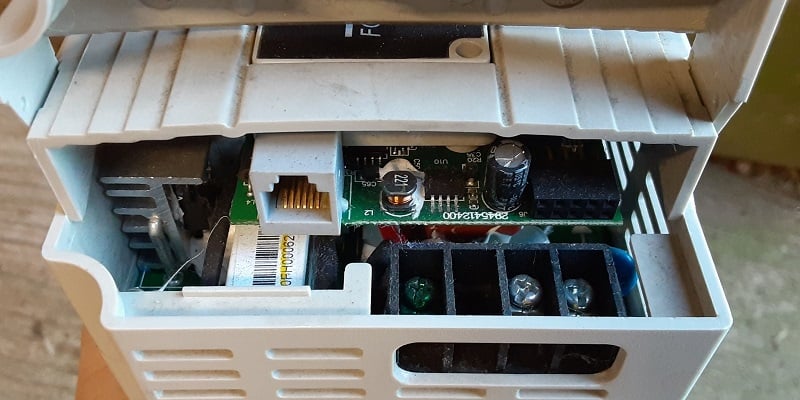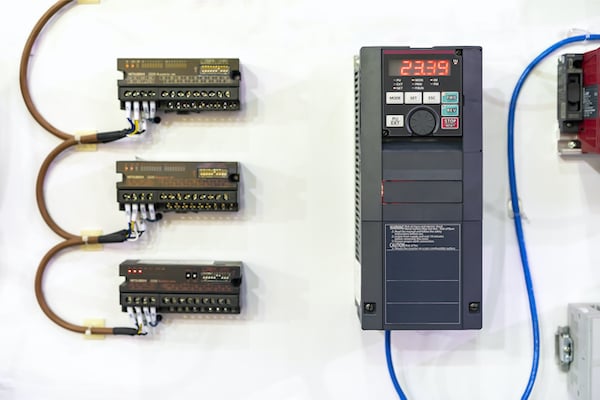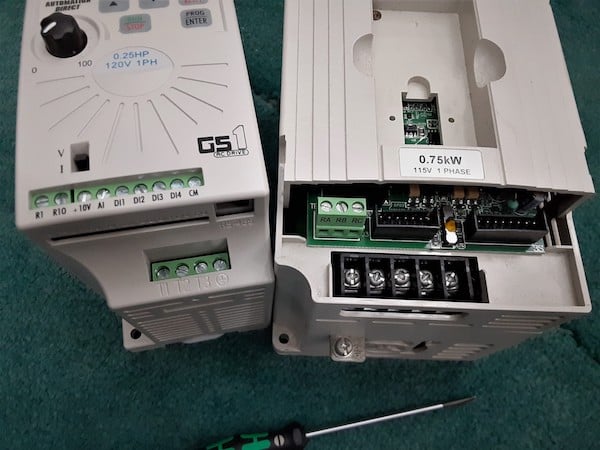Industrial Networks: “Protocol over a Standard?”
Industrial communication channels often contain terms such as ‘Modbus over RS485’ or ‘CIP Safety over Ethernet’. What does it mean to send one network over another, and how does it work to your advantage? Industrial networking relies on the knowledge of professionals who are becoming more widely recognized with the term ‘OT’, meaning operational technology. … Read more




